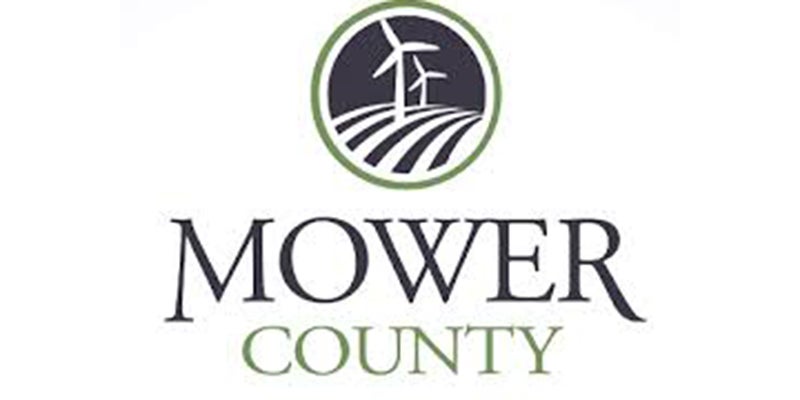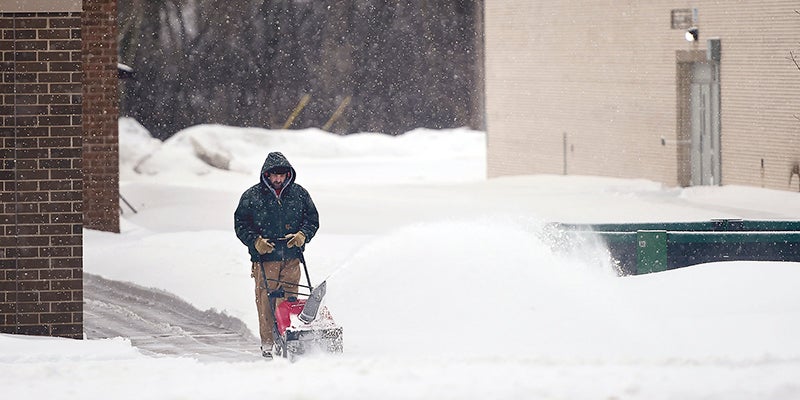‘This is a community thing:’ Opioid Advisory Committee holds first public meeting
Published 3:41 pm Friday, November 17, 2023
|
Getting your Trinity Audio player ready...
|
A Mower County council formed in the wake of opioid lawsuit settlements and tasked with distributing the county’s cut of those settlements held its first public comment meeting Thursday evening in the Government Center.
The Opioid Advisory Committee, made up of men and women from a variety of backgrounds, are required to hold at least one open meeting per year.
They used this first meeting to discuss the background of the lawsuits, but also to gain ideas from the public on how to best use the money allocated to Mower County going forward.
“I was really happy with the public that showed,” said Mower County Health Services Manager Pam Kellogg-Marmsoler after the meeting. “They really have a passion and gave us some ideas going forward and potentially having more open meetings to give their input.”
Between two different settlements, the county is earmarked to receive just over $2.1 million and will receive the money yearly for the next 18 years.
The county’s first payment of $41,609.52 came in October of 2022. Kellogg-Marmsoler told those in attendance that payments will be front loaded with the larger payments coming first and then decreasing over the span of the 18 years.
Mower’s money, along with other entities throughout the state and those states involved in the lawsuits, comes initially from a $26 billion lawsuit that Minnesota joined in 2021 against opioid manufacturers and distributors.
From that payout, Minnesota received $300 million, which was further broken down depending on county size.
An additional $20.4 billion was won from additional lawsuits against pharmacy companies and distributors. Minnesota received $235 million from that settlement.
With the money now starting to funnel down, the Opioid Advisory Committee has begun taking in grant funding requests.
“We have our first request for money and we’ll be meeting with the group, going over the grant proposal and then we will be determining if we’re funding or not,” Kellogg-Marmsoler said.
To help guide the committee, the group is following the state of Colorado’s example and how they approached their money using a top-down approach.
According to Thursday night’s presentation, Colorado’s blueprint involved four key areas: treatment, recovery, harm reduction and criminal justice. From there, they focused on those with experience within those areas to further refine the process.
What they discovered was that treatment and recovery areas saw the most requests. Similarly, a survey conducted by the county’s committee reflected that 30% of those surveyed viewed treatment and recovery as being most important, followed by criminal justice at 27%, prevention at 26% and harm reduction at 17%.
However, there will be challenges throughout the 18-year period. The committee listed several strengths the community has when fighting opioid addiction and recovery, including among others groups like Recovery is Happening, two outpatient facilities and the informal drug recovery group Coffee Connections that meets once a week at the Law Enforcement Center.
At the same time, though, there are some significant weaknesses as well and many of those have to do with women and the lack of support outside of Austin.
There currently is no sober house for women, no treatment for women or women with children and no adolescent treatment.
There are also no methadone or suboxone clinics locally, both medicines used in treating opioid addiction.
Many of these things were echoed by those in the public during the comment portion of the meeting, many of whom are recovering addicts who voiced frustration of a system lacking in opportunities to get well and connected too tightly to a lack of funding.
“We’re trying to get the word out so people know we exist,” Kellogg-Marmsoler said. “We have the money, we want to get the money out. We don’t want it sitting in an account.”
There is also a community component to this with some reminding those in attendance that it’s not just the work of individuals or a group.
“This is a community thing,” one commenter said.
And yet there is optimism, with those on the committee expressing joy that two events held in recent months have shown needed support.
“It’s super awesome for so many people to come out and show their support for recovery in general,” said committee member Shirleen Voigt, who is also in long-term recovery, referring to International Overdose Awareness Day and Walk for Recovery.
Anybody with proposals and grant requests can contact Kellogg-Marmsoler at Health and Human Services by calling 437-9701.
“It was hard at the beginning, but we have a committed committee that wants to do some good,” she said. “It’s all hard work and now we have to get the word out.”






